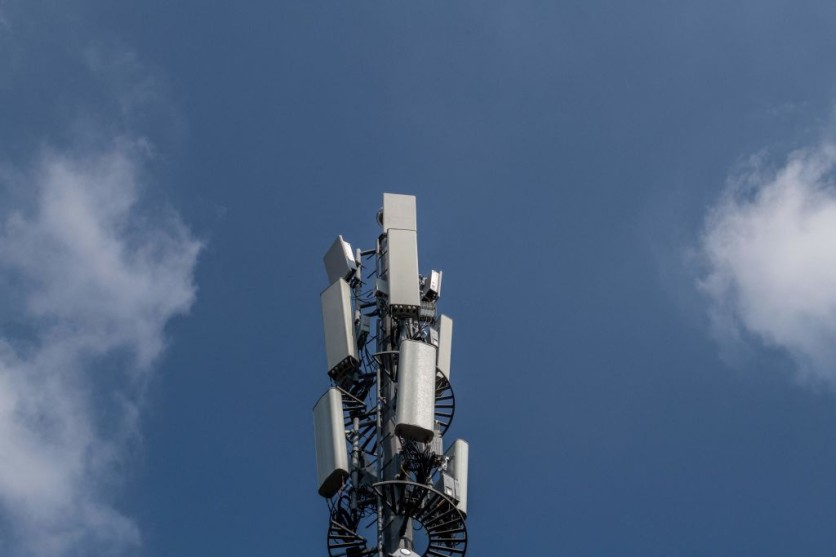
Verizon and AT&T confirmed on Nov. 4 that they have agreed to temporarily pause rolling out 5G service that uses a new set of radio frequencies.
The carriers will work with the US Federal Aviation Administration or the FAA to address concerns about potential interference between cockpit safety devices and towers on the grounds of transmitting 5G waves and signals.
Verizon and AT&T to Pause 5G Rollout
AT&T stated that it planned to delay its 5G deployment until Jan. 5 after getting a request from the Transportation Department.
Meanwhile, a spokesman for Verizon confirmed to CNET that the company has also agreed to pause the deployment of 5G temporarily over the C-band spectrum in order to work with the FAA. However, he said that the company is still on track to deploy service using the mid-band spectrum.
The Verizon spokesman added that they are moving full speed ahead with their plans to bring 5G over the spectrum in early 2022.
Verizon had stated in the past that it planned to deploy service using the C-band spectrum in the first three months of 2022 to cover 100 million people.
The news of the delay in the deployment of 5G by AT&T and Verizon was reported by The Wall Street Journal.
The FAA and the Federal Communications Commission or FCC, which regulate the use of public wireless spectrum for communication, issued a joint statement saying they would work with the companies to mitigate safety concerns and to continue to coordinate efforts to ensure safety.
The FAA issued a special information bulletin on Nov. 2 alerting manufacturers, operators, and pilots about potential interference involving 5G and cockpit electronics.
The FAA has stated that towers on the ground transmitting 5G over the C-band of the wireless spectrum could interfere with automated cockpit systems like those that help aircrafts land when the weather is poor.
According to a report by The Wall Street Journal, the agency had been planning to issue official mandates to limit the use of certain cockpit systems.
Telecom industry specialists said that there is no evidence of interference issues with regards to the C-band spectrum and flight equipment.
CTIA, the wireless industry lobby group, said in a filing to the FCC on Nov. 3 that almost 40 countries have already adopted rules and deployed hundreds of thousands of 5G base stations in the C-Band at the same frequencies and the same power levels, and in some instances, at closer proximity to aviation operations, than 5G will be in the United States.
CTIA stated that none of the 40 countries using the spectrum for 5G had reported any harmful interference with aviation equipment from these deployments.
The group also urged the FCC to make sure that C-Band 5G deployments remain on track in the United States.
New Spectrum for 5G
The spectrum that is used to transmit the 5G service in question is called a C-Band. This mid-band spectrum in the 3.7-3.98GHz band has been viewed by the wireless industry as the main technology to allow for faster 5G service that can give a better range than 5G service using high-frequency millimeter-wave spectrum.
Verizon stated that the new spectrum would allow it to give peak download speeds of 1 gigabit per second.
The FCC auction of the C-band signals earlier this year created a record-breaking $81 billion in proceeds, according to The Verge.
Verizon and AT&T were the two winners. Verizon won $45.5 billion worth of licenses, while AT&T spent $23.4 billion on its C-Band airwaves.
Related Article : Verizon 'THOR' is a Ford F650 Truck to Bring 5G, Cellular Connectivity on Disaster-hit Areas
This article is owned by Tech Times
Written by Sophie Webster
ⓒ 2026 TECHTIMES.com All rights reserved. Do not reproduce without permission.




